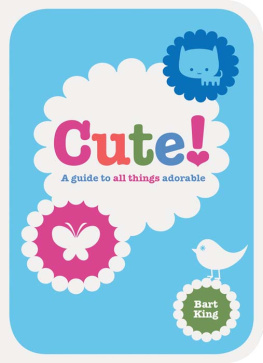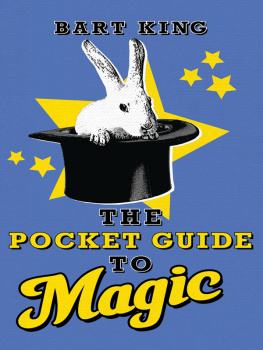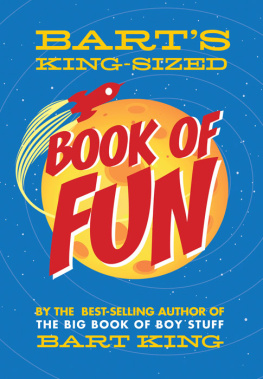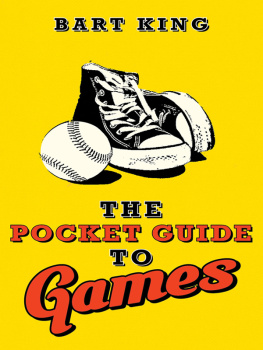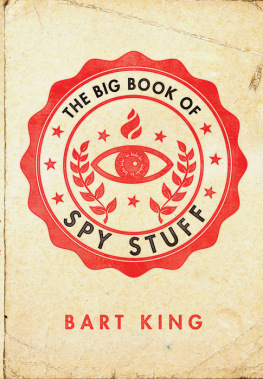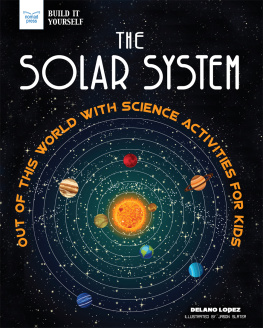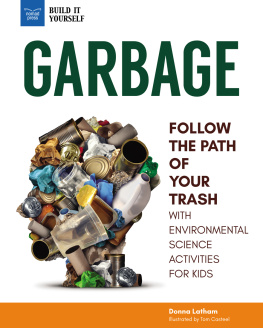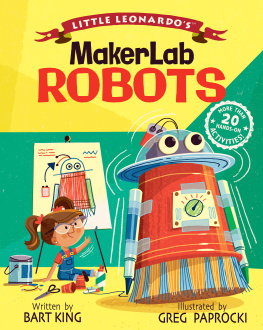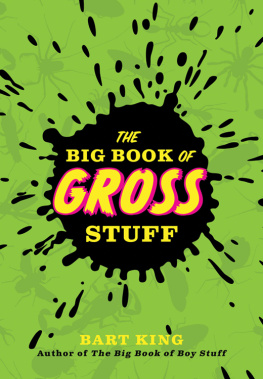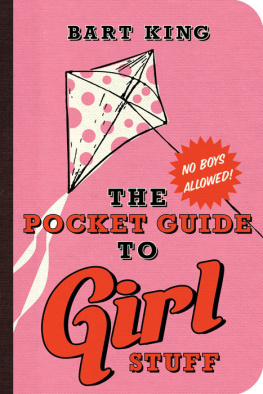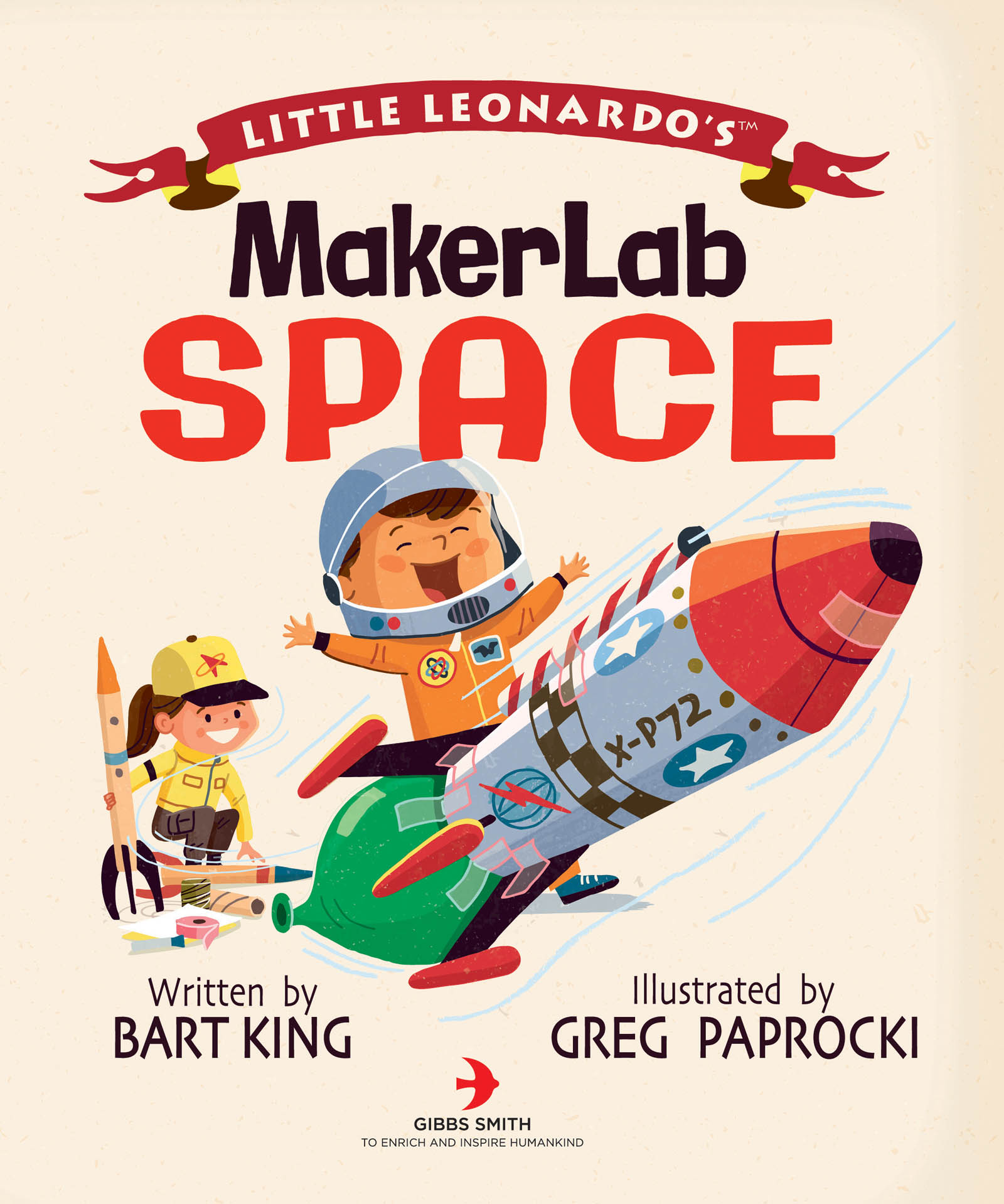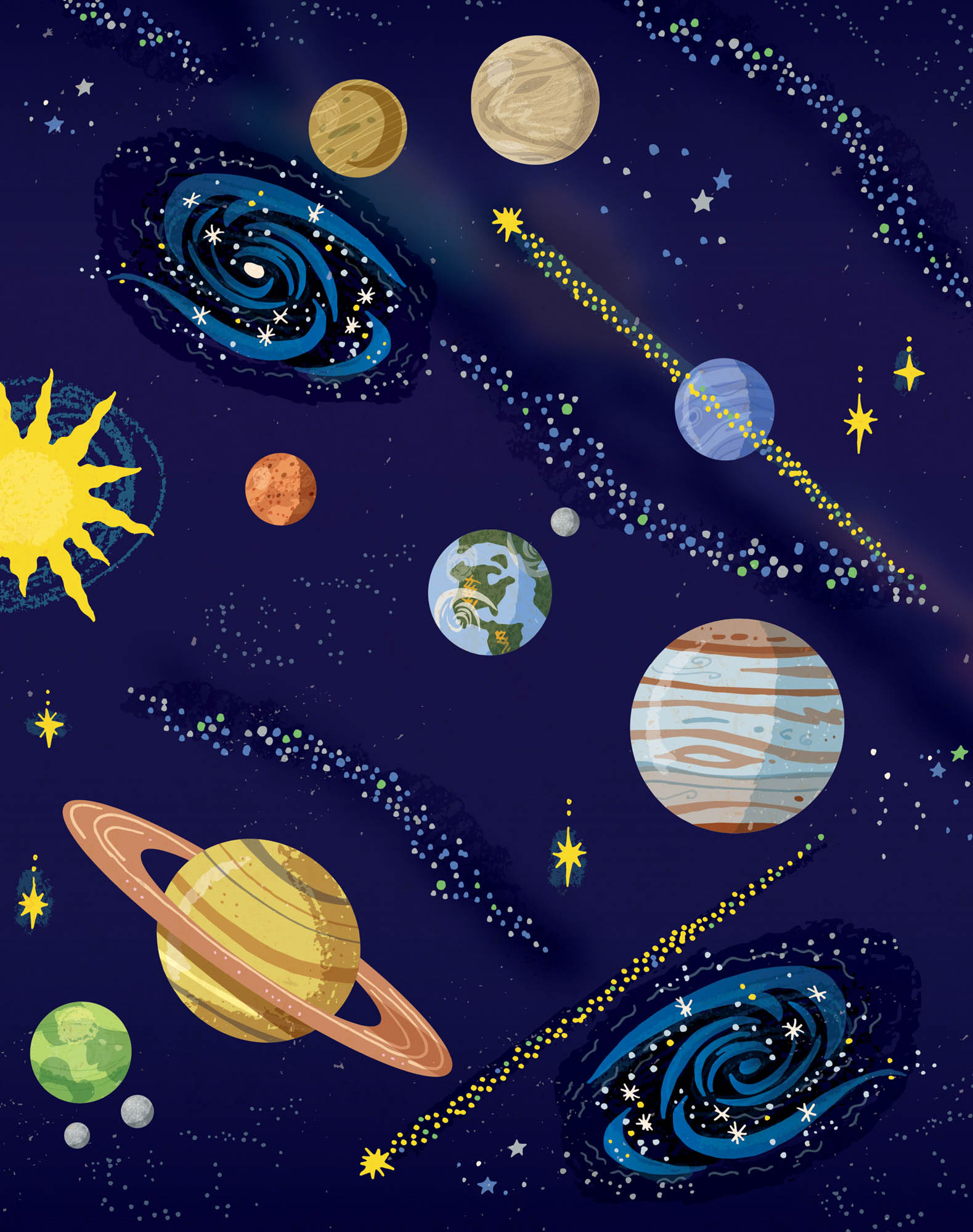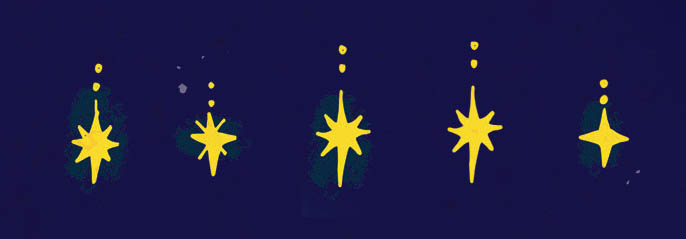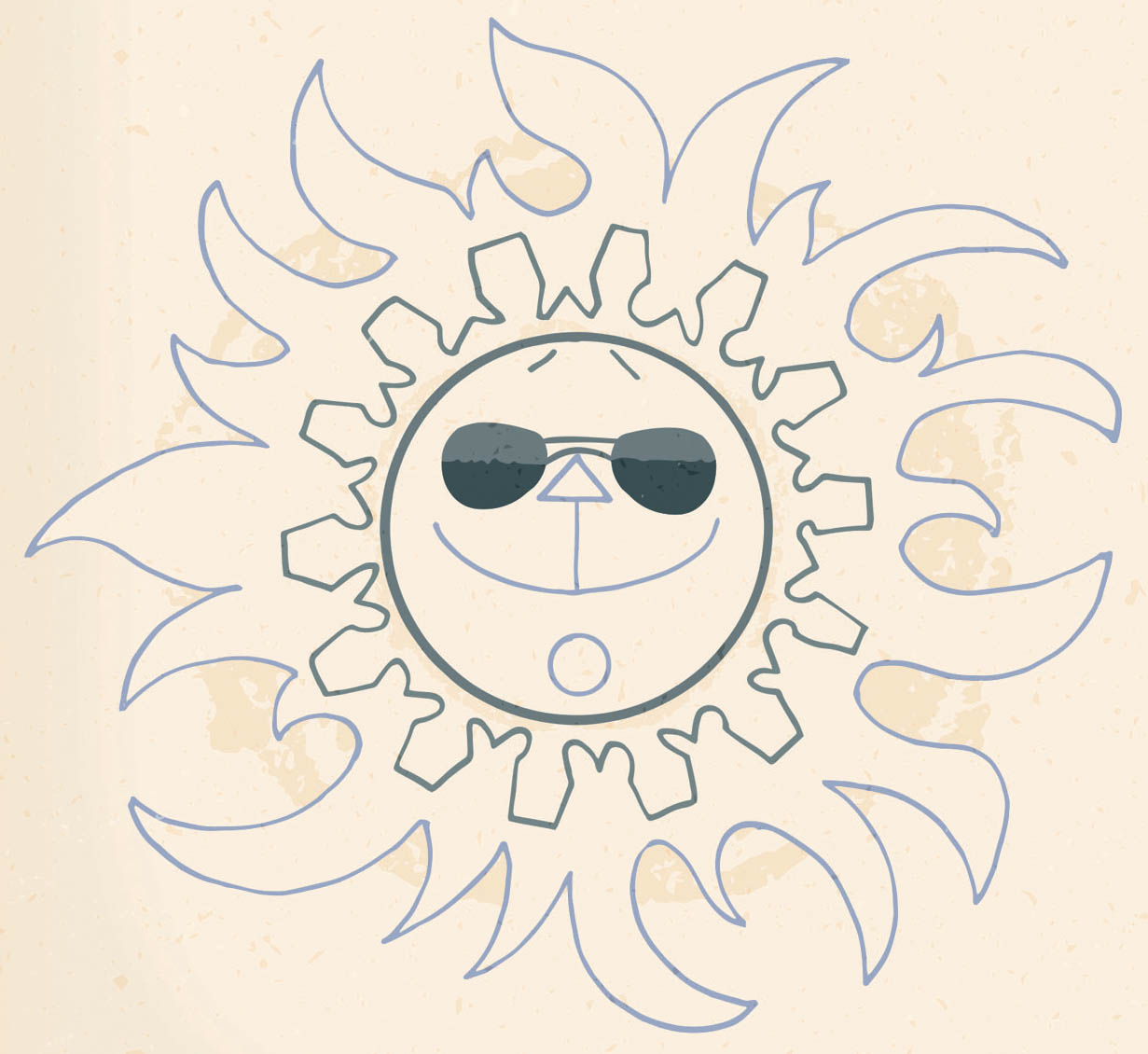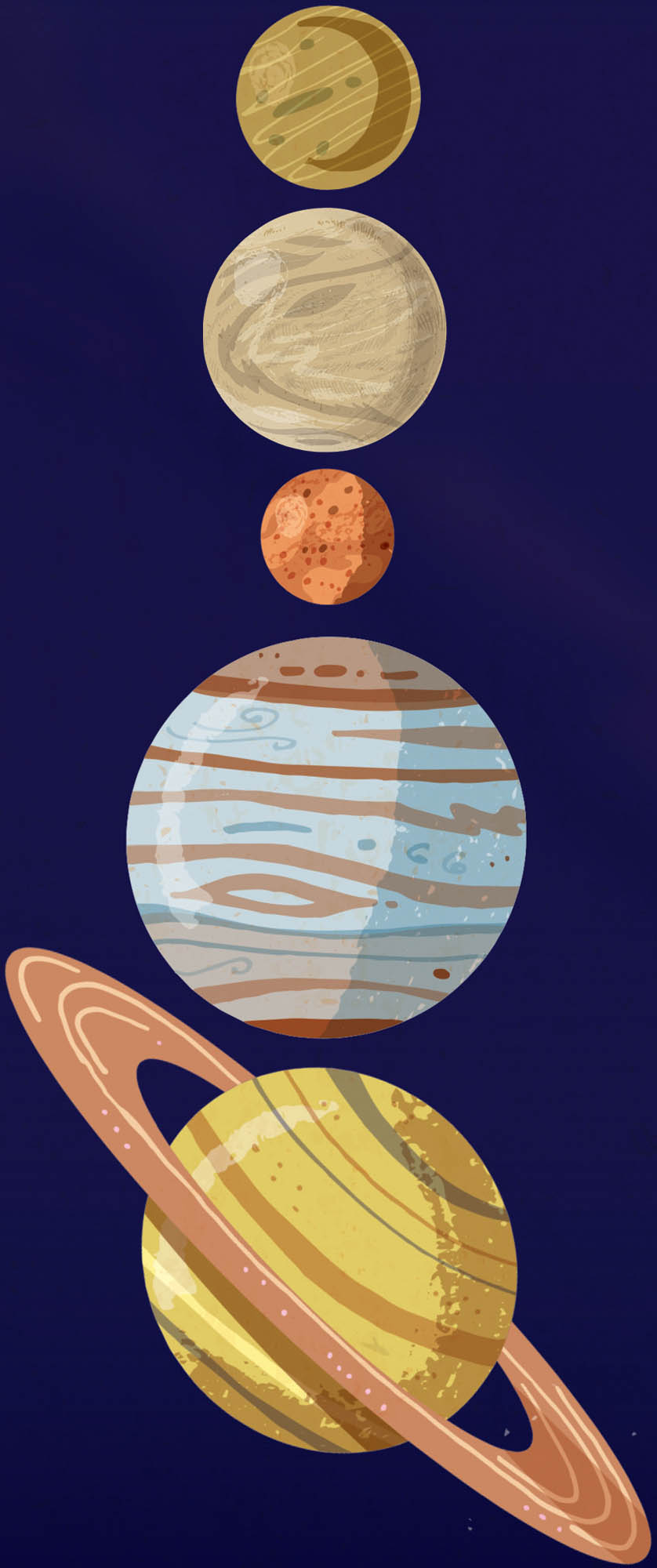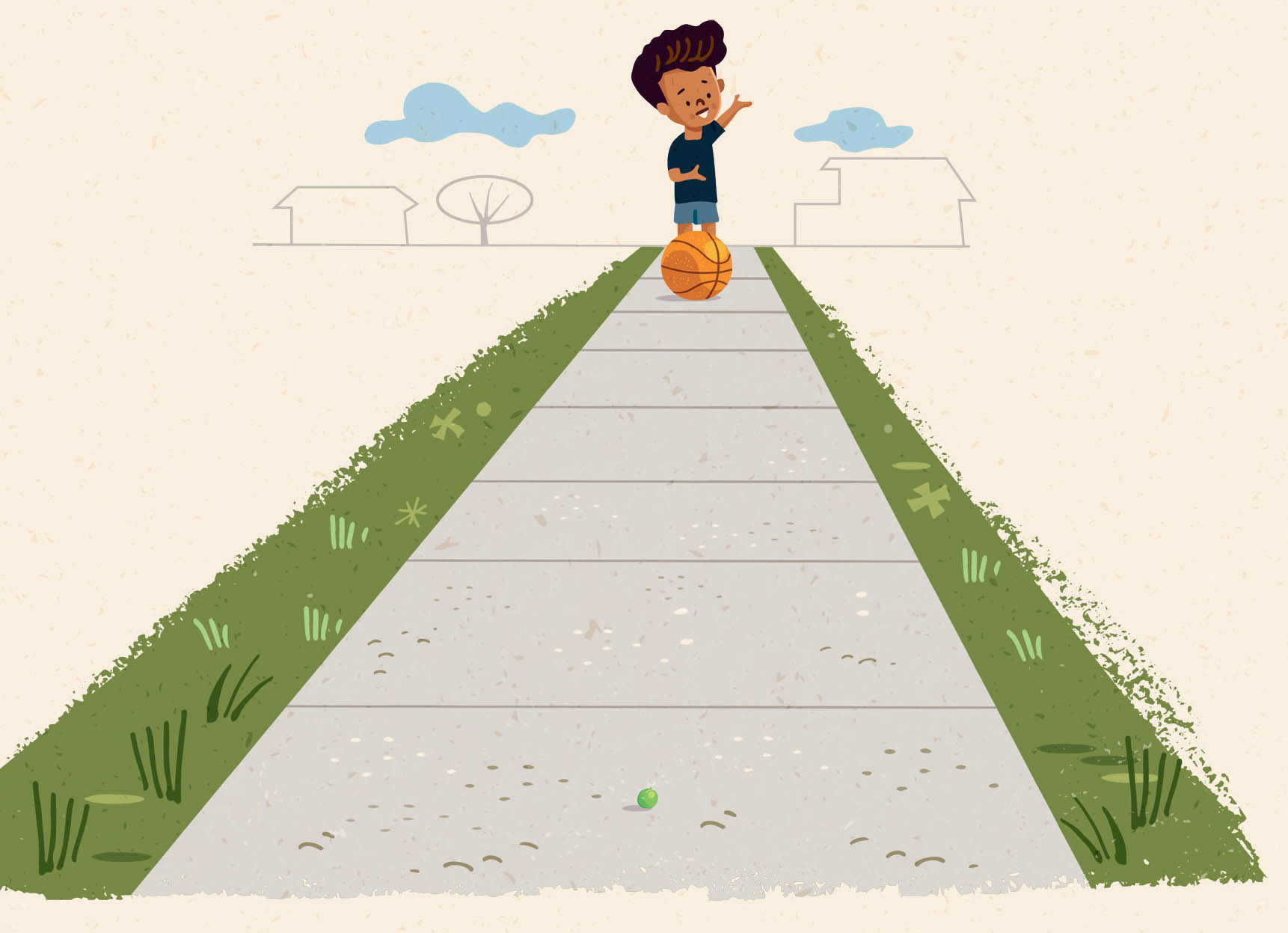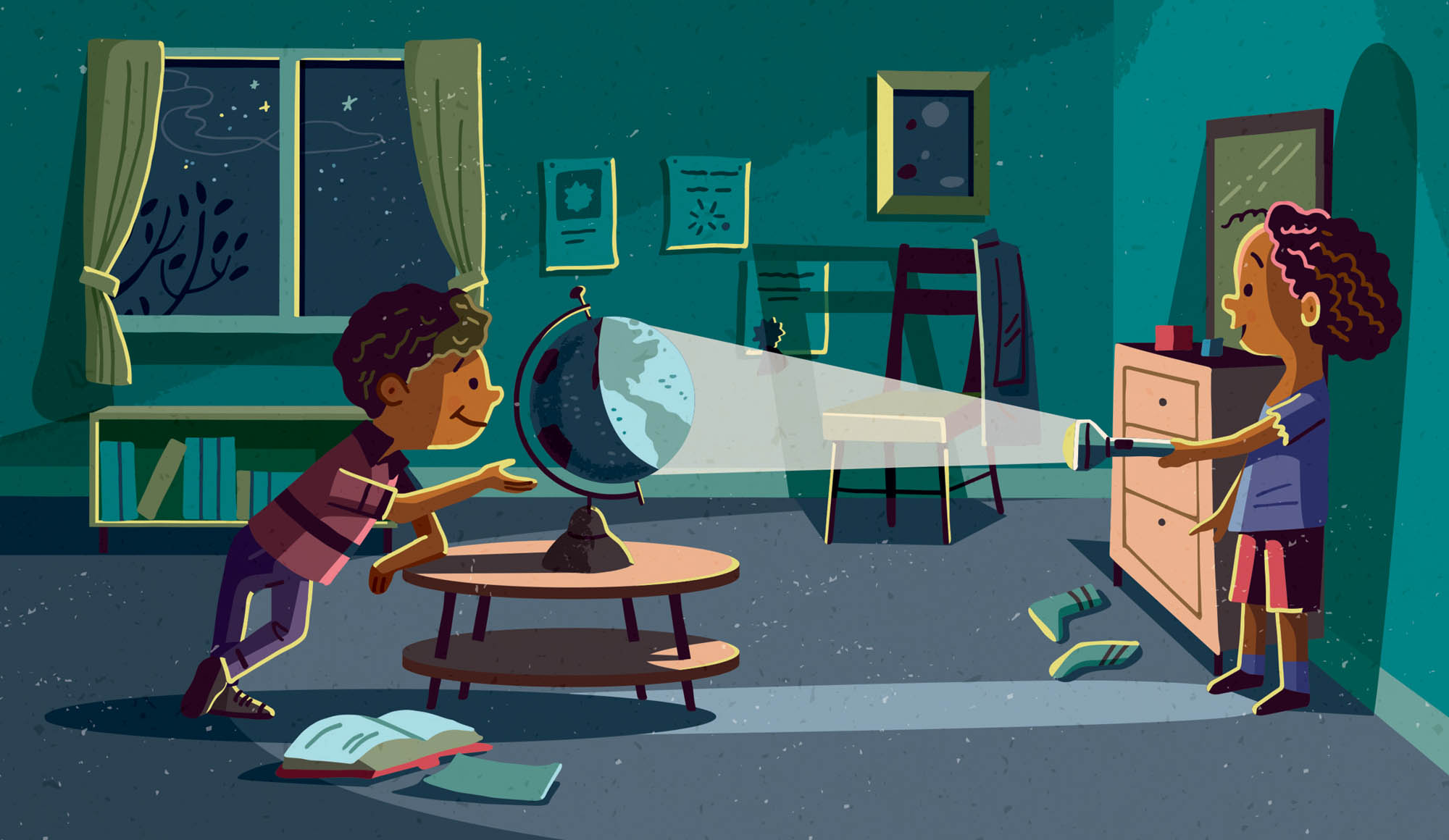Bart King - Little Leonardos MakerLab: Space
Here you can read online Bart King - Little Leonardos MakerLab: Space full text of the book (entire story) in english for free. Download pdf and epub, get meaning, cover and reviews about this ebook. year: 2019, publisher: Gibbs Smith, genre: Children. Description of the work, (preface) as well as reviews are available. Best literature library LitArk.com created for fans of good reading and offers a wide selection of genres:
Romance novel
Science fiction
Adventure
Detective
Science
History
Home and family
Prose
Art
Politics
Computer
Non-fiction
Religion
Business
Children
Humor
Choose a favorite category and find really read worthwhile books. Enjoy immersion in the world of imagination, feel the emotions of the characters or learn something new for yourself, make an fascinating discovery.
Little Leonardos MakerLab: Space: summary, description and annotation
We offer to read an annotation, description, summary or preface (depends on what the author of the book "Little Leonardos MakerLab: Space" wrote himself). If you haven't found the necessary information about the book — write in the comments, we will try to find it.
More than 20 fun and engaging hands-on activities for young readers excited about astronauts, outer space, rockets, space exploration, and astronomy.
A collection of simple hands-on activities for young readers. Activities range from building a simple model to illustrate the vast scope of our solar system to a demonstration of the speed of light. These activities are designed to engage both the readers hands and minds, which helps them better understand and retain the knowledge gained from the activities.
Part of the Little Leonardo series.
Lexile: IG680L
Bart King taught middle school for many years. Hes written 28 books, including The Big Book of Girl Stuff, The Big Book of Boy Stuff, The Big Book of Superheroes, The Big Book of Gross Stuff, and Barts King-Sized Book of Fun. Barts Gibbs Smith titles have sold more than 830k copies combined. He resides in Portland, Oregon.
Greg Paprocki works full-time as an illustrator and book designer. He has illustrated several Curious George books, as well as previous books in the Little Leonardo series, the BabyLit alphabet book series, and The Big Book of Superheroes for Gibbs Smith. His Gibbs Smith titles have sold over 130,000 copies. Greg resides in Lincoln, Nebraska.
Bart King: author's other books
Who wrote Little Leonardos MakerLab: Space? Find out the surname, the name of the author of the book and a list of all author's works by series.



